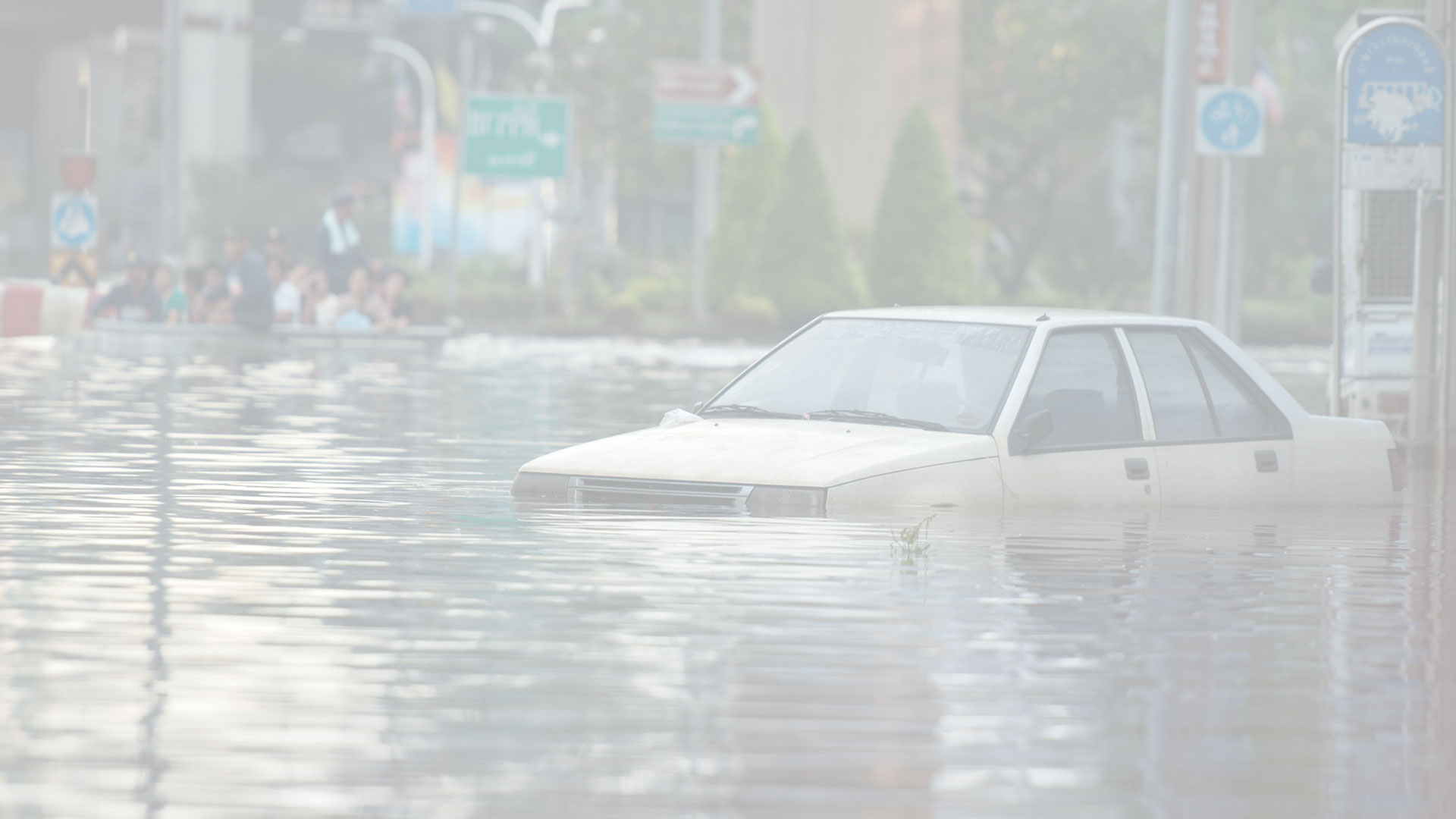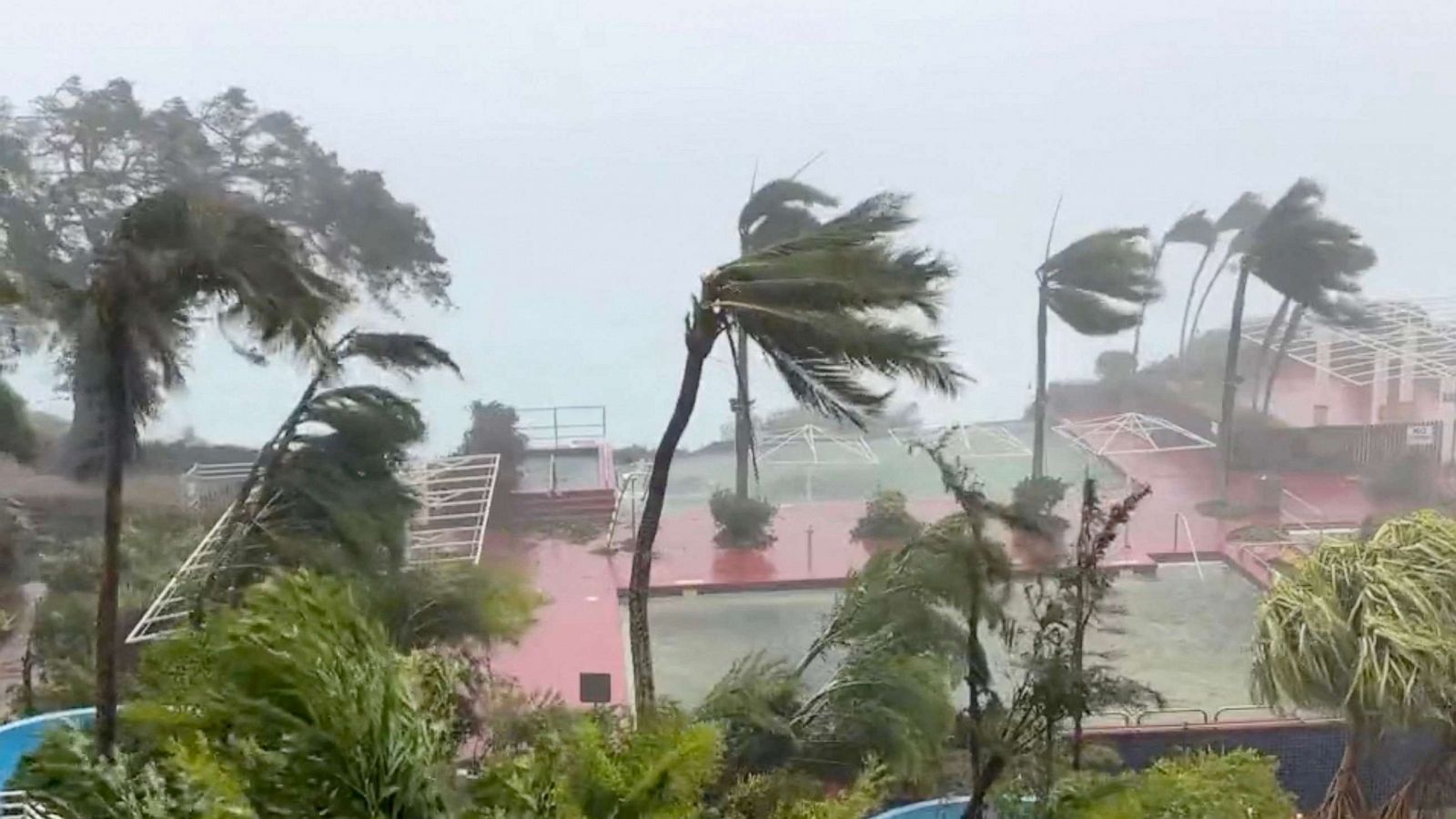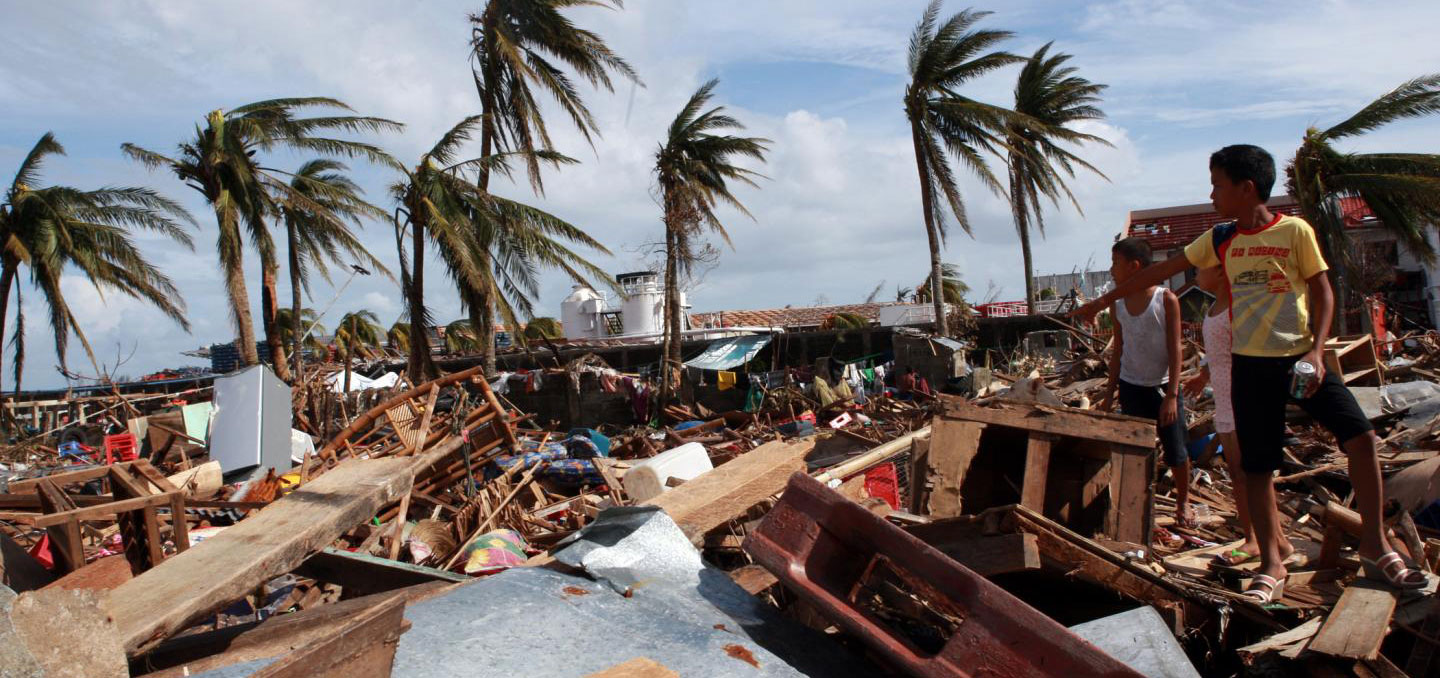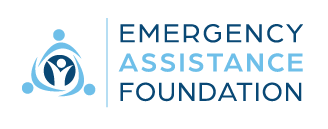
Preparing for Hurricane Season 2023
May 24, 2023
Severe Summer Weather & Heat Wave Relief
July 21, 2023June 28, 2023
A typhoon is a mature tropical cyclone that develops in the western part of the North Pacific Ocean. The term typhoon is region-specific, synonymous with hurricanes in the Atlantic and Northeast Pacific, and cyclones in the Indian Ocean and Southern Hemisphere.
Typhoons cause significant damage due to their powerful winds, torrential rainfall, and storm surges, which can also result in severe flooding and landslides. The impacts of typhoons can range from extensive property damage and economic loss to loss of human life. They can be particularly devastating as they occur in areas of the world where countries can be made up of many islands or contain long coastlines, resulting in more individuals being affected by the storms.
Typhoons in Recent Years
In 2022, there were 12 named typhoons in the Pacific, 5 of which became major typhoons (Category 3 or higher). 2 typhoons—Hinnamnor and Noru—rose to Category 5 cyclones, also known as “super typhoons”.
Typhoon Hinnamnor affected Japan, the Philippines, China, Taiwan, and South Korea. The storm caused an estimated $1.2 billion in damage across the five countries and was responsible for 12 deaths.
Typhoon Noru primarily affected the Philippines, Vietnam, Cambodia, and Thailand, causing millions of dollars worth of damage to crops, property, and infrastructure across the countries, displacing hundreds of thousands that had to evacuate their homes, and killing at least 40 people.

Typhoons Today: The 2023 Guam Typhoon
Typhoons today are increasingly devastating, as seen with the recent typhoon that hit the U.S. territory of Guam. In late May 2023, Super Typhoon Mawar rocked Guam as a strong Category 4 cyclone, resulting in the majority of the island losing power and utilities. Fortunately, there were no casualties, but most of the island's 150,000 residents have been left without access to clean water and power, with recovery efforts expected to take several weeks to restore access for everyone on the island.
In the aftermath of this devastating typhoon, Emergency Assistance Foundation (EAF) is working around the clock to help those who have been affected get the assistance they need during these difficult times. As of early June 2023, our organization has provided over $355,000 in financial aid (so far!) to families impacted by Typhoon Mawar through our relief funds.
Typhoons can cause catastrophic damage, and even when individuals are able to evacuate in time, these storms can leave a trail of destruction that’s hard to recover from. That’s why it’s important to be prepared and know how to respond in the aftermath of disasters like typhoons. That includes helping your impacted employees who have been affected by typhoons to rebuild and recover their lives. Establishing a relief fund ahead of time is one of the best ways to be able to provide immediate assistance for team members impacted by typhoons.

How Establishing a Disaster Relief Fund With Emergency Assistance Foundation Will Help Provide Aid
In the aftermath of a natural disaster—like a typhoon—your organization can help impacted team members rebuild and recover with a disaster relief fund administered by Emergency Assistance Foundation. A relief fund can boost morale and encourage your internal communities to contribute directly to the support of fellow team members. Establishing a fund can alleviate the stress that disasters put on those within your organization and allow impacted individuals to start on the road to recovery.
If your organization is interested in starting a relief fund, consider establishing a fund with Emergency Assistance Foundation today. As a financial first responder, we are resourceful and fearless in ensuring that financial assistance reaches individuals in need, no matter the unique circumstances involved.
Once you establish a fund, you can also launch an Immediate Response Program (IRP) in the event of a qualified disaster to provide small grants quickly and efficiently. This is a unique, low-cost program, which is supplemental to a fund’s standard grant program and awards small grants (< $1,000) quickly in times of large-scale disasters like typhoons.
Proactively establishing a relief fund with Emergency Assistance Foundation ensures that your organization is ready to assist any team members that are impacted by typhoons and other natural disasters, and it can even be life-saving. According to data analyzed for our landmark 10-year relief fund industry report, natural disasters are the number one event included in the grant criteria for funds that are established with Emergency Assistance Foundation.
In fact, 73% of the over 300 relief funds we administer include natural disasters in their grant criteria. The funds’ sponsoring organizations recognize the growing importance of taking care of their team members in the aftermath of a natural disaster. As the threat of natural disasters continues to increase, now is the perfect time to start preparing for how your organization will respond once the next disaster occurs.
By establishing a fund with us today, your organization can assist members of your team affected by typhoons and increasing natural disasters. Relief fund grants can help impacted individuals pull through difficult times and start on the path toward recovery. If you’d like to learn more about how your organization can help your team during difficult times, you can review additional information about how a fund works or contact us today. We look forward to helping you make a difference for those who need it most!




